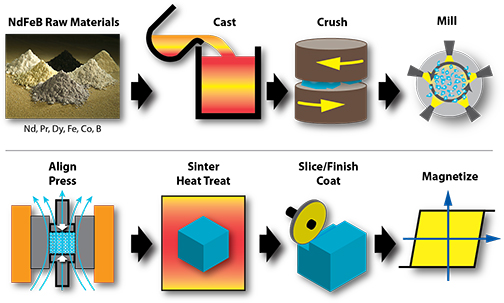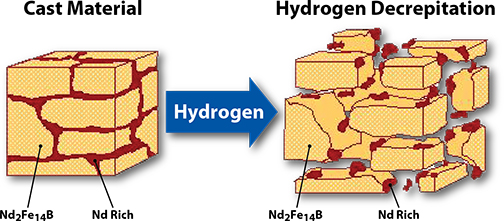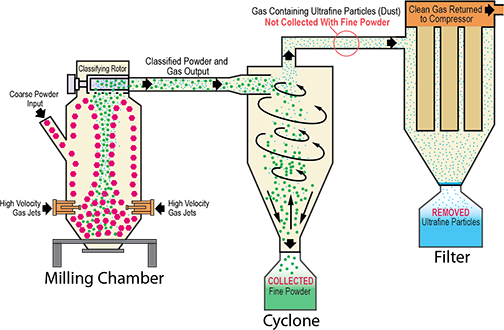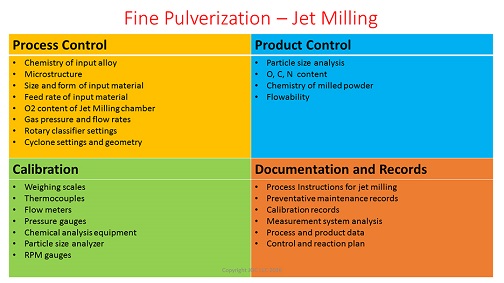So you have designed and thoroughly tested your revolutionary new magnetic device and are ready to place an order with your chosen magnet supplier. How do you assure the magnets you receive will meet your (and your customers) requirements 100 percent of the time?
Like any engineered product, the first and most important task is to develop a set of documents that provide a detailed and clear definition of your requirements; these should include GD and T drawings, descriptions of all magnetic, mechanical, environmental and thermal specifications and an explanation of test methods including gauges, fixtures and equipment. It’s also useful to include any relevant quality and testing standards. A very important point to make here is that the development of the total magnet specification should be done jointly with the magnet supplier at the earliest possible time in the application development process. This allows a mutually accepted specification to be developed that meets your requirements while at the same time, by recognizing inherent magnet process limitations, provides the most cost effective solution.
JOC LLC has developed a tool and methodology (REassure) that utilizes a series of templates describing the four critical quality process elements in the magnet manufacturing process. The elements are; process control, product control, calibration and records. Detailed templates are developed for every process step in the supplier’s manufacturing process including sub-suppliers e.g. magnet plating and coating. REassure is based on ISO/TS 16949 QMS process audit practices combined with more than 30 years experience in the magnet industry and automotive supply chain.
What follows is an example of the REassure methodology as applied to a typical rare earth magnet product. The generic process steps for rare earth magnet (NdFeB) manufacturing are shown below.

Generic Process for Rare Earth (NdFeB) Sintered Magnet
The details of the process step are specific and engineered by each magnet manufacturer. For example, today most NdFeB magnet manufactures use strip casting to produce the alloy flakes; it has been found that this technique can consistently develop the optimum cast microstructure while requiring the minimum excess RE content over stoichiometry. Another example of a tailored process is the coarse pulverization stage. Nowadays this is typically performed using the common and well-known technique of hydrogen decrepitation. This is a chemical process that breakdown the alloy flakes to a coarse powder. The schematic below illustrates hydrogen decrepitation or coarse pulverization process.

Coarse Pulverization by Hydrogen Decrepitation
The process consist of introducing hydrogen gas into a chamber containing NdFeB alloy. The Nd-rich phases present at the grain boundaries absorbs the hydrogen initially resulting in a significant expansion of the crystal structure and embrittlement of the phase followed by the absorption of hydrogen by the primary main Nd2Fe14B phase. The resultant hydrided powder can have coarse particles typically < 1 millimeter (mm) and is extremely brittle and friable leading to high milling efficiencies for jet milling.
In this example of Reassure I will take one process step i.e. milling or fine pulverization by jet milling. The major objective of milling rare earth permanent magnet alloys is to produce a narrow size distribution of single crystal particles, i.e., individual particles containing no grain boundaries and therefore only one preferred axis of magnetization. This step must also be completed with the minimum contamination of the fine powder. There are many types of jet mills used in rare earth magnet manufacturing but the most common is the fluidized bed type shown schematically below.

Schematic of Fluidized Bed Jet Milling System
Using a combination of my experience of rare earth magnet manufacturing (beginning in 1979) and best quality systems practices we populate the four sections of the REassure template as shown below.

Example of REassure Template
These are the areas of control and documentation that the supplier audit targets for evidence and verification. Any specific process settings and product control values are determined using DFMEA and PFEMA tools and are normally detailed on control charts by the supplier.
The degree to which REassure is applied depends entirely on your tolerance of acceptable risk combined with the severity that an out of requirement magnet component causes in your application and at your customer.
JOC LLC can apply the REassure tool ranging from a basic desk audit to a multi-day on-site supplier audit. In all cases a full report and recommended areas for improvement will be provided. Our goal is to verify that the necessary manufacturing process control systems and methods are embedded and practiced at your supplier to assure the supplied magnetic products meet your requirements 100 percent of the time.
